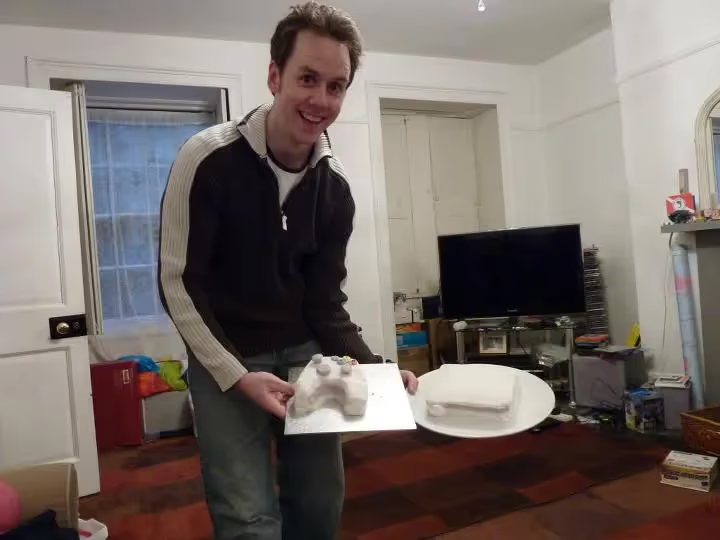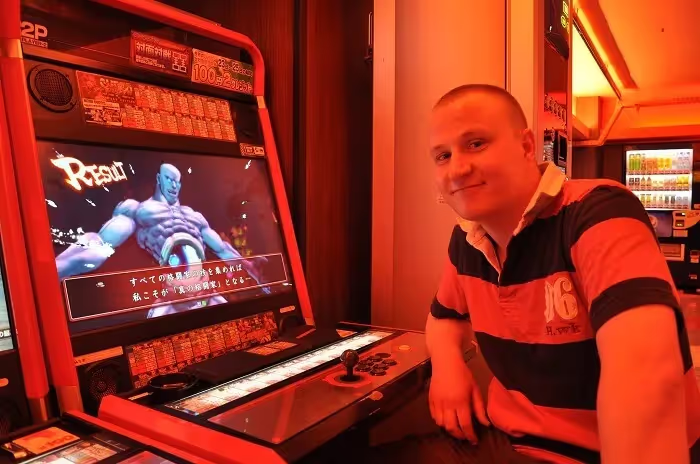PC
Coming at a time when the prospect of nuclear war is higher than it has ever been, diving into another post-apocalyptic adventure might be an uncomfortable experience. Rauniot tempers this slightly by setting the game — and the aftermath of an unspecified natural disaster — in the mid-70s. Even so, this is a gaming experience best described as “harrowing”.
Finnish indie developer Act Normal Games has created a beautifully grim picture of a devastated and near-empty world where almost all children are born mutated and dog food is considered a nutritious alternative to cannibalism. Into that environment steps Aino, sent from her community in search of Toivo, a man who disappeared while looking for a prototype device for nuclear fission.
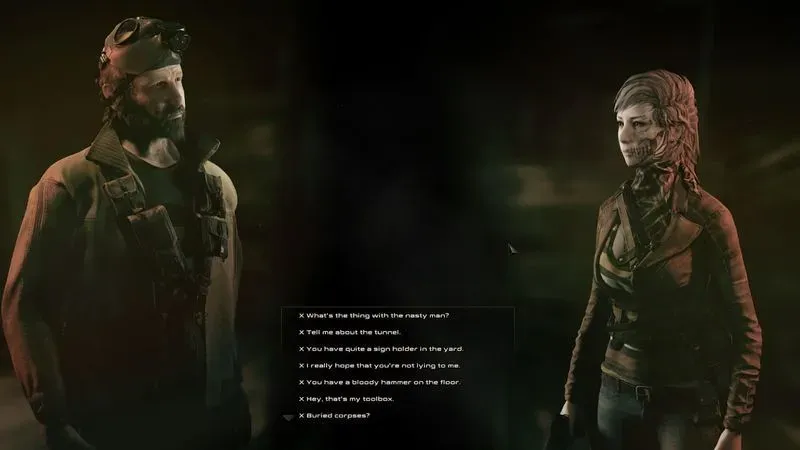
As the protagonist, Aino is beautifully animated throughout, even if Rauniot does rely a little too much on closeups of her face whenever she finds a new item or opens a container. More widely, the world feels like it’s covered with a sepia filter which may be aesthetically appropriate, but the yellow tinge of the overworld and brown-grey of the underground locations soon starts to feel samey.
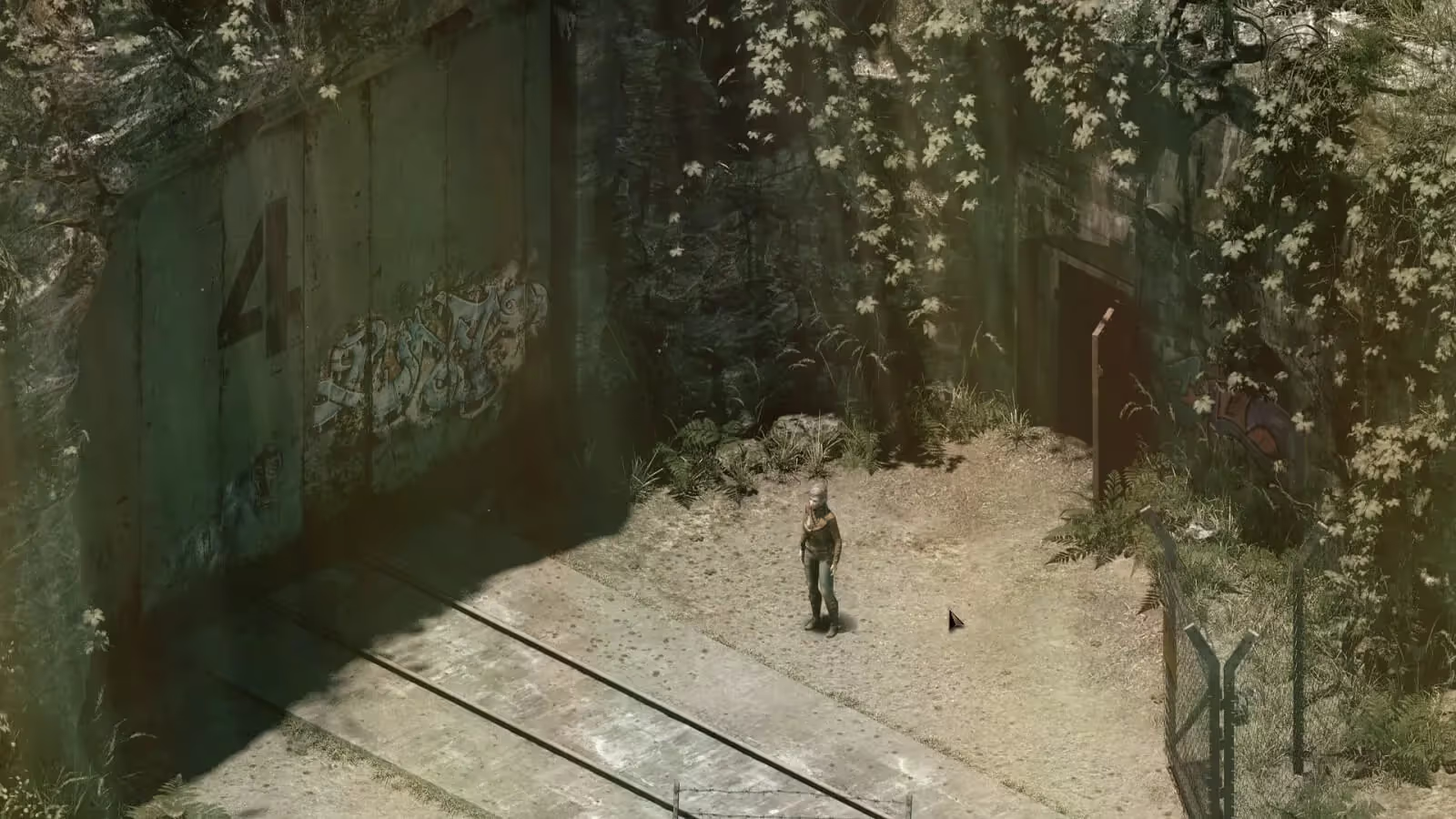
The gloominess also makes it hard to spot items and there’s no option to highlight points of interest. As such, the hunt-the-pixel problem found in 90s adventures has (ahem) mutated into hunt-the-hotspot here. There were at least three occasions early on where an object I was interacting with had a general hotspot as well as multiple tiny hotspots embedded within it. Taking a door entry keypad as an example, selecting it highlighted the entire pad as a hotspot for which I was told there was no power. Given there was an earlier puzzle at a power station, I assumed I’d first need to solve that one to progress here. I didn’t expect to have to look at the tiny rivets in each corner of the keypad, yet this is exactly what was required to unlock the option of going back to your toolbox and getting a drill to access the inside of the pad. Aside from being unintuitive on an interface level, it’s not logical either. Why would Aino not just grab everything from the toolbox in the first place, given she’s already lugging around an array of spanners?

Once I overcame the GUI quirks though, I found the puzzles nicely grounded in the game’s setting. Unsurprisingly in a broken world, the majority of tasks involve restoring power to objects, vehicles and doors. Many of these have practical elements, such as locating parts to fix a generator or finding a way into the other shelters. The other characters you’ll encounter feel distinct, despite sharing an understandably bleak world view. Exhausting dialogue options is de rigeur for this genre and new choices will appear when you hit certain points in the story so it’s always worth revisiting the denizens if you’re stuck. There is, thankfully, a robust fast travel system which will transport you to almost any of the locations you’ll come across. This was particularly helpful during a puzzle which required me to reroute power and change points on a railway track, since I had to hop between two different control panels as well as the track itself.
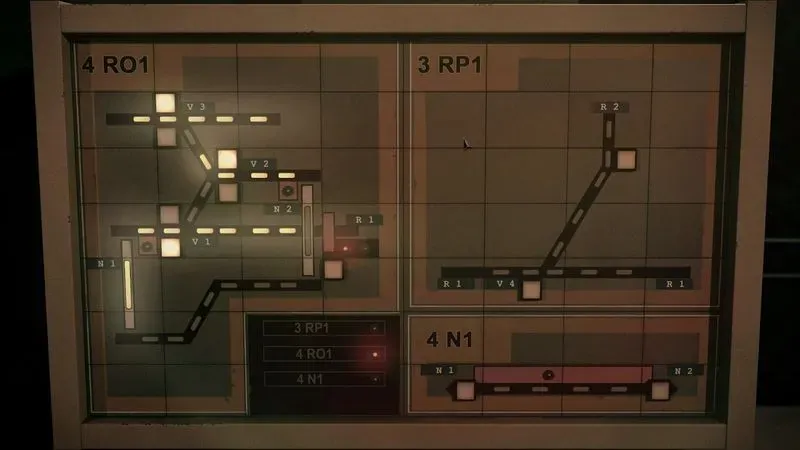
Music is as downbeat as the rest of the game, although it could have benefited from being used less sparingly. Dialogue is fully voiced in Finnish (Rauniot translates to “Ruins”), a language whose hard consonants feel at home in a 1970s cataclysm. I can’t fairly comment on the overall quality of the acting, but the despair and resignation in the voices of the characters transcends the language barrier. These are people who have nothing left and can barely feed themselves, bringing into sharp relief the current humanitarian crisis in Gaza playing out on the world stage. Rauniot’s grimness prompts some troubling comparisons about how our species behaves.

Against this brutal backdrop, you may well be asking whether Rauniot is an enjoyable game to play. And on that point, the jury is out. On a point-and-click level, the puzzle difficulty yo-yos between obvious and needlessly complex, not helped by the previously mentioned hotspot issues and difficult to spot items which blend into the irradiated background. The plot should be a simplistic quest yet somehow manages to feel like an incomplete and muddled story by the end, and although the locations are well drawn and the animations are naturalistic, it’s graphically similar throughout.
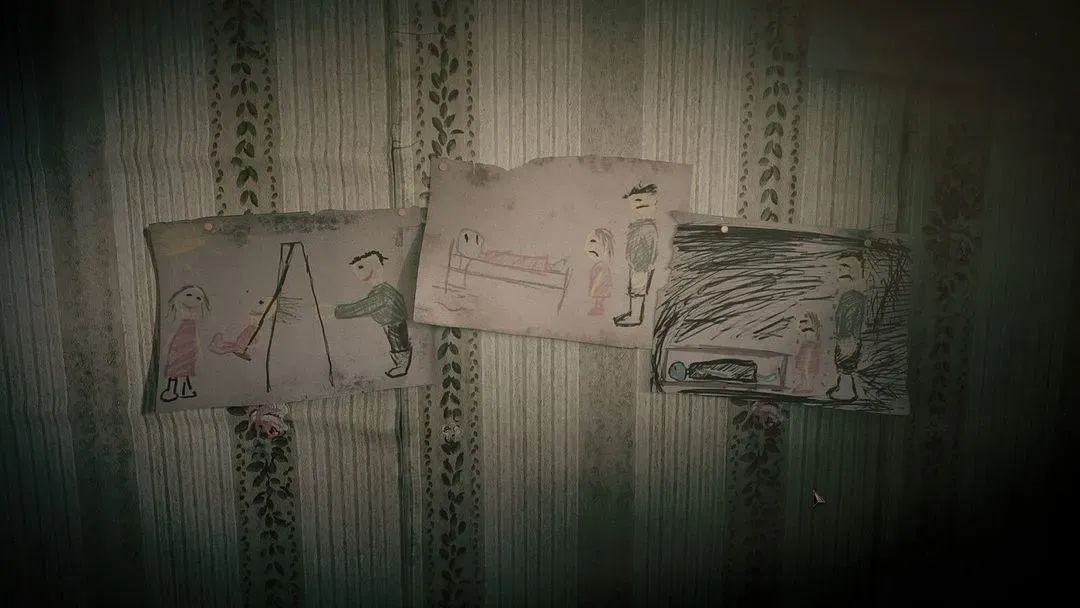
Yet, there’s something about it that compelled me to help Aino reach her destination. I felt I owed it to the inhabitants of the devastated landscape to get to the end, although I genuinely can’t say whether that was due to my hope of seeing a sliver of happiness before the credits rolled. The achievements would suggest that there are some different endings available, but I’m unsure how these would be reached and I certainly had no inclination to run through the game again. Still, if you’re after a realistic, relentlessly bleak but competent adventure, Rauniot clocks in at around five hours and is sensibly priced. Just don’t expect the humour of Fallout.
You can subscribe to Jump Chat Roll on your favourite podcast players including:
Let us know in the comments if you enjoyed this podcast, and if there are any topics you'd like to hear us tackle in future episodes!

